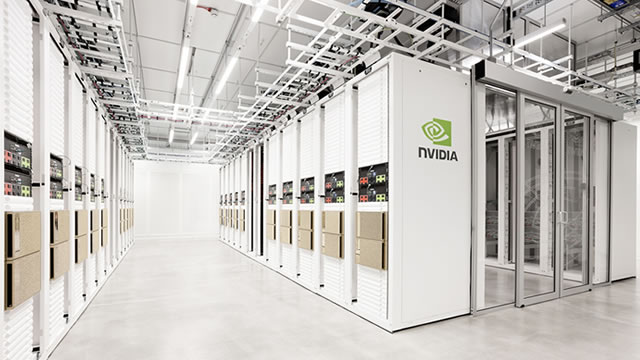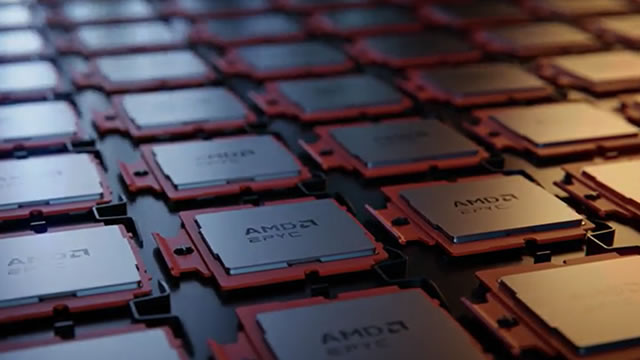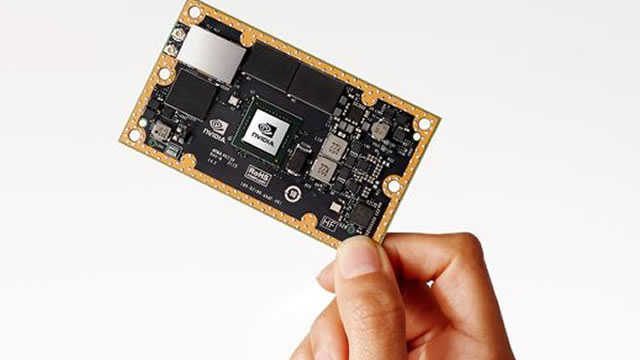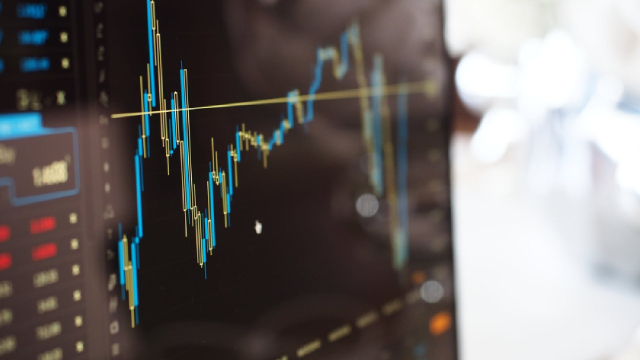Stock Market & Financial News

UiPath: One Of The Few Agentic AI Stocks Still Trading Cheaply
UiPath has successfully integrated generative AI into its RPA platform, reigniting growth and customer traction. PATH achieved 11% YoY ARR growth and positive GAAP operating income, with management now committed to sustained GAAP profitability. PATH trades at less than 6x forward sales which looks compelling given the profitability outlook.
Tokyo Gas to steer more than half of overseas investments to US in next 3 years, CEO says
Tokyo Gas , Japan's top city gas provider, plans to direct more than half of the 350 billion yen ($2.3 billion) it has earmarked for overseas investments over the next three years to the U.S. to drive growth, CEO Shinichi Sasayama said.
Dave & Buster's Reversal Is in PLAY After Double-Bottom Breakout
Dave & Buster's NASDAQ: PLAY struggles are not over, but the sell-off in its stock is, and the reversal is underway. The fiscal year 2026 (FY2026) Q3 results reveal that the CEO change, Back-to-Basics strategy, and restaurant remodels are having a positive impact.
Realty Income Vs. NNN REIT: Look Past The Yield And Realty Income Becomes The Clear Winner
Realty Income and NNN REIT both offer reliable income backed by long dividend growth records, but their long-term return profiles diverge under closer analysis. Realty Income and NNN REIT follow similar net lease strategies, yet differ in portfolio construction, lease structure, and overall economic sensitivity. Balance sheet strength and cost of capital play an increasingly important role in today's high-rate environment, subtly influencing future investment flexibility between the two.

Lyft: With Enormous FCF Growth, The Rally Is Just Getting Started
Lyft (LYFT) is emerging as a growth star, closing the bookings growth gap with Uber and targeting niche, underpenetrated markets for expansion. LYFT's Q3 gross bookings hit a record $4.8 billion, up 16% y/y, with active riders rising 18% to 28.7 million. Strategic partnerships and selective market focus, especially on college campuses and non-urban areas, are fueling double-digit bookings growth.
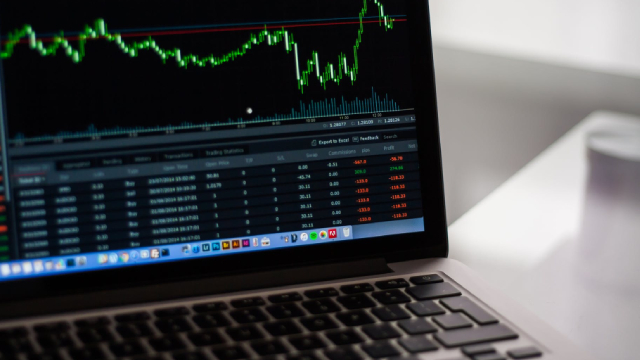
2 Brilliant Biotech ETFs to Watch in 2026
As the AI trade gets overheated and calls for some sort of bursting of the AI bubble grow louder, it might make sense to look to opportunities to be had within other sectors.

UTF: Discounted Infrastructure Opportunity
Cohen & Steers Infrastructure Fund offers diversified global infrastructure exposure and is now trading at an attractive discount after a recent rights offering. UTF's long-term NAV performance has consistently outpaced its benchmark, though market price returns were pressured by the rights offering widening the discount. The fund delivers a reliable monthly distribution with a 7.61% yield, supported by a sustainable payout and favorable tax characterizations.

These 4 Covered Call Funds Can Turn Anything Into Super-Sized Yields
Covered-call strategies can be an income investors' best friend. Whether the broader stock market goes up, down or merely grinds sideways, selling covered calls pays.

SCHD vs. QQQI: Dividend Growth or Monthly Cash—What's Better?
The SCHD ETF brings decent yield and exposure to a diversified array of dividend growers. In contrast, the QQQI ETF pays frequent dividends and tempts investors with a huge annual yield.

The Flavor Of Resilience: Why Essential Sectors Still Deliver; Yields +11%
REITs and healthcare are indispensable sectors for the modern economy. Both are currently out of favor due to higher interest rates and the fear of tariffs and regulations. It pays to be patient, and we discuss two time-tested picks from both sectors that offer yields of up to 12%.
With Nvidia's second-best AI chips headed for China, the US shifts priorities from security to trade
This week, US President Donald Trump approved previously banned exports of Nvidia's powerful H200 artificial intelligence (AI) chips to China.
ServiceNow in talks to acquire cybersecurity startup Armis in potential $7 billion deal, Bloomberg reports
Software company ServiceNow could announce plans to acquire startup Armis as soon as this week in a potential $7 billion deal, Bloomberg reported. Armis, a cybersecurity firm, was last valued at $6.1 billion during a November funding round.
Forget the 2.8% Social Security Increase. These Aristocrats Pay You 4% to 7% More Annually
The Social Security Administration announced in October that beneficiaries will receive a 2.8% cost-of-living adjustment (COLA) in 2026, following a 2.5% increase in 2025.
The Single-Brand Apparel Retailer Stumbles as the Multi-Brand Portfolio Giant Surges 90%
J.Jill (NYSE: JILL) and Urban Outfitters (NASDAQ: URBN) reported third-quarter results revealing two apparel retailers moving in opposite directions.
The Best High-Growth Tech Stocks Outside of the QQQ
As the AI trade continues its sharp recovery after the mid-November fumble that followed some fantastic quarters served up by the tech titans, investors might be wondering if now is a good time to get back in.
$5 and $10 Ultra-High-Yield Stock Kings Are Passive Income 2026 Steals
Investors love dividend stocks, especially those with ultra-high yields, because they offer a significant income stream and have substantial total return potential.
A Cut Without Conviction
U.S. equity markets posted mixed performance after an unusually divided Federal Reserve delivered a third-straight rate cut, but signaled a likely "pause" in the easing cycle. Perhaps the last rate cut under the "Powell Fed," the FOMC voted 9-3 to lower the federal funds rate to 3.75%, with two votes to keep rates unchanged. Markets saw hawkish undertones in the updated Economic Projections and commentary from Chair Powell, which emphasized lingering uncertainty around the inflation outlook and lack of conviction in softening labor markets.
3 Finance Stocks to Buy on Rising 10-Year Treasury Rates
The Federal Reserve gave investors an early Christmas present by lowering interest rates by 25 basis points (i.e., 0.25%) marking its third rate cut this year.
Marvell's (MRVL) Stock Pops After Q3 Earnings – Time to Buy?
Summary Marvell Technology (NASDAQ: MRVL) recently got just the pop that AI investors have been waiting for.
SHOWING CRACKS: Cracker Barrel sales still taking hit from rebrand fiasco
'The Big Money Show' panel weighs in on Cracker Barrel sales still feeling the effects of the rebrand controversy. #crackerbarrel #rebrand #sales #retail #restaurants #foxbusiness #thebigmoneyshow #news
Expert warns this stock is signaling start of AI bubble burst
Amid lingering concerns about a possible artificial intelligence (AI) sector bubble, a trading expert has warned that Advanced Micro Devices (NASDAQ: AMD) may be flashing early warning signs.
Top Wall Street analysts are upbeat on these 3 dividend stocks for enhanced returns
TipRanks' ranking service discusses three dividend-paying stocks, including Devon Energy and CVS Health.
Nvidia's Biggest AI Bet Is Crashing Its ‘Secret Portfolio.' Can It Recover?
Nvidia ( NASDAQ:NVDA ) has assembled a strategic portfolio of public investments in AI-focused companies, including chip designers, data center operators, and infrastructure providers that not many investors are aware of.
McEwen: Gold Bar Mine Life Extension Offsets Q3 Operational Headwinds (Reiterate Buy)
McEwen trades at a 47% discount to my $27-$28 price target, still offering significant upside as operational catalysts materialize. Despite a tough Q3 2025—missing revenue and EPS expectations—MUX improved year-over-year financials, with net loss down 76% and adjusted EBITDA up 12%. Operational setbacks are transitional: Fox Complex is shifting to new ore sources, and Gold Bar's aggressive stripping sets up a production rebound in late 2025 and 2026.
Why I Added GPIQ: Income, Stability, Quality - And Outperformance
I added Goldman Sachs Nasdaq-100 Premium Income ETF to my all-income portfolio for its stability, low expense ratio, and strong NAV growth. GPIQ outperformed peers in price over the past year despite a lower yield, supported by an options strategy covering 25–75% of the portfolio. The fund offers stable monthly distributions, averaging $0.42/share, with a tax-favorable return of capital composition ideal for taxable accounts.
Wall Street predicts Oracle stock price for the next 12 months
Although Oracle's (NYSE: ORCL) stock price plunged on Friday in reaction to the company's financials, a section of Wall Street remains confident the equity is likely to rally over the next 12 months.
Ellington Financial: A Sound mREIT, But The Preferred Shares Stand Out On A Risk-Adjusted Basis
Ellington Financial stands out as a conservative mortgage REIT with lower-than-average leverage and a strong underwriting track record. EFC maintains robust risk controls, including active interest rate hedging, an investment-grade Moody's rating, and over $1 billion in unencumbered assets. EFC common stock offers an 11.4% dividend, but signs of declining credit losses warrant caution.
Russian ban on Roblox gaming platform sparks rare protest
Several dozen people protested on Sunday in the Siberian city of Tomsk against Russia's ban on U.S. children's gaming platform Roblox , a rare show of public dissent as popular irritation over the ban gains some momentum.
What to Expect in Markets This Week: Jobs Report, Inflation Data, Earnings From Micron, Nike and FedEx
The data drought of the government shutdown is giving way to a deluge.
Want Decades of Passive Income? Buy This Index Fund and Hold It Forever.
The Schwab U.S. Dividend Equity ETF delivers a mix of yield, quality, and consistent dividend growth, making it ideal for a long-term passive income strategy. Its emphasis on durable, financially healthy companies helps maintain a dependable income stream.







